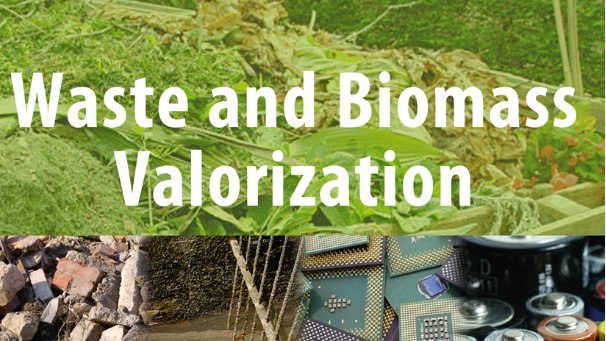The Agro-industrial Byproduct Wheat Bran as an Inducer for Alkaline Protease (ALK-PR23) Production by Pschyrotolerant Lysinibacillus sphaericus Strain AA6 EMCCN3080
IF 2.8
4区 环境科学与生态学
Q3 ENVIRONMENTAL SCIENCES
引用次数: 1
Abstract
Abstract The current study aims to exploit the zero-cost inducer wheat bran (WB), an agro-industrial byproduct, for production of alkaline protease (ALK-PR23) by the hyper producer psychrotolerant Lysinibacillus sphaericus Strain AA6 EMCCN3080 for the first time ever. Incubation temperature (25 °C), yeast extract concentration, agitation speed (150 rpm), and aeration ratio [1 volume (liquid):5 volume (Erlenmeyer flask)] provoked ALK-PR23 production; OVAT inferences. The pH, yeast extract, and (NH 4 ) 2 SO 4 levels substantively triggered ALK-PR23 production as deduced from Plackett–Burman design. Incubation time (3 days) and WB [2% (w/v)] were the optimal values inducing positive significant influence on ALK-PR23 as conferred from steepest ascent experiments. Yeast extract (0.446% w/v), (NH 4 ) 2 SO 4 (0.339% w/v), and pH (6.872) prompted ALK-PR23 (592.5 U/mL) with an impressive 98-fold enhancement; Box-Behnken design and ridge steepest ascent path implications. The laboratory validation of the model achieved 100% of the predicted value. Laboratory data would present an eco-friendly, cheap, efficient approach towards concurrent WB recycling and massive production of alkaline protease (ALK-PR23) from L. sphaericus Strain AA6 EMCCN3080 . Present data would greatly encourage unveiling biochemical characteristics of ALK-PR23 in prospective studies. Graphical Abstract农用工业副产物麦糠诱导耐高温球形赖氨酸芽胞杆菌菌株AA6 EMCCN3080生产碱性蛋白酶(ALK-PR23)的研究
摘要本研究旨在首次利用农业工业副产物小麦麸(WB)零成本诱导剂,利用高生产耐寒性球芽胞杆菌(Lysinibacillus sphaericus)菌株AA6 EMCCN3080生产碱性蛋白酶(ALK-PR23)。孵育温度(25℃)、酵母浸膏浓度、搅拌速度(150 rpm)和曝气比[1体积(液体):5体积(Erlenmeyer烧瓶)]诱导ALK-PR23的产生;OVAT推断。根据Plackett-Burman设计推断,pH、酵母提取物和(nh4) 2so4水平显著触发ALK-PR23的产生。在最陡爬坡实验中,孵育时间(3天)和WB [2% (w/v)]是对ALK-PR23产生显著正影响的最佳值。酵母提取物(0.446% w/v)、(nh4) 2 so4 (0.339% w/v)和pH(6.872)均能促进ALK-PR23 (592.5 U/mL)的表达,提高98倍;Box-Behnken设计和山脊最陡上升路径的含义。模型的实验室验证达到了预测值的100%。实验室数据将为L. sphaicus菌株AA6 EMCCN3080同步WB回收和大量生产碱性蛋白酶(ALK-PR23)提供一种环保、廉价、高效的方法。目前的数据将极大地鼓励在前瞻性研究中揭示ALK-PR23的生化特性。图形抽象
本文章由计算机程序翻译,如有差异,请以英文原文为准。
求助全文
约1分钟内获得全文
求助全文
来源期刊

Waste and Biomass Valorization
ENVIRONMENTAL SCIENCES-
CiteScore
7.90
自引率
3.10%
发文量
311
审稿时长
4 months
期刊介绍:
Until the 1990s, technology was the main driver when dealing with waste and residues, the objective being the treatment of waste for (landfill) disposal, storage, and in some cases sorting. In the 1990s, depletion of raw materials and socio-economical concerns supported the direct recycling of waste and residues. However, the direct recycling approach is limited when waste/residues contain significant amounts of pollutants such as heavy metals and organics (VOC, PAH), and when the treatment process to remove/stabilize or destruct the pollutant generates emissions. Due to depletion of natural resources, increasing greenhouse emissions, and awareness of the need for sustainable development in terms of safely reusing waste and biomass, the transformation of waste/biomass to valuable materials and energy (i.e. valorization) is emerging as a strong trend
 求助内容:
求助内容: 应助结果提醒方式:
应助结果提醒方式:


